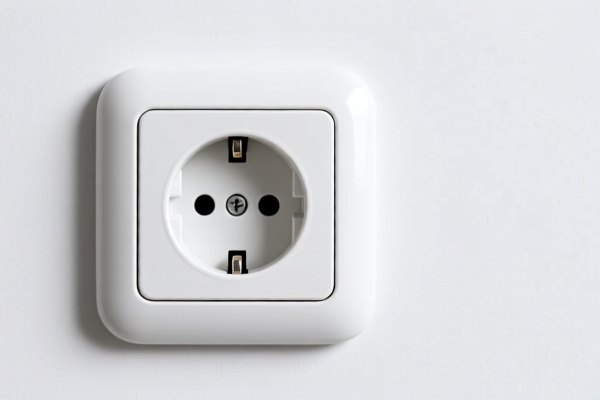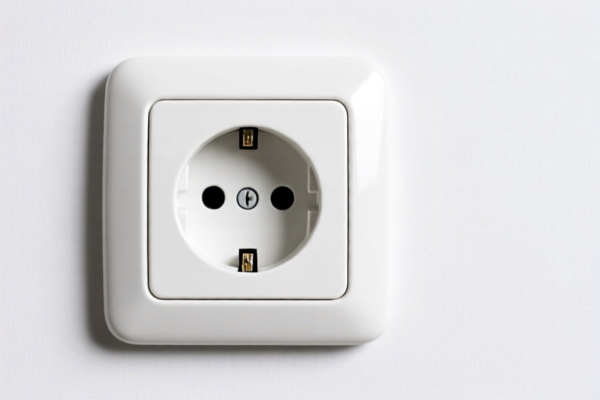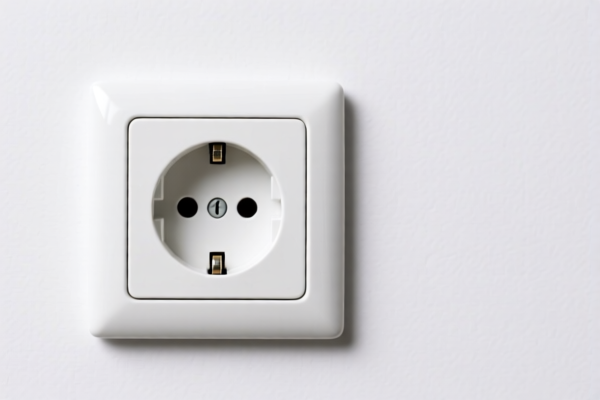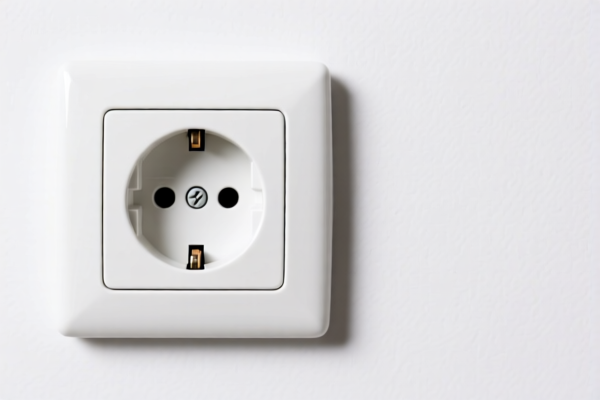| HS Code | Official Doc | Tariff Rate | Origin | Destination | Effective Date |
|---|---|---|---|---|---|
| 8536504000 | Doc | 55.0% | CN | US | 2025-05-12 |
| 8536100020 | Doc | 57.7% | CN | US | 2025-05-12 |
| 8548000000 | Doc | 55.0% | CN | US | 2025-05-12 |
| 3926906010 | Doc | 59.2% | CN | US | 2025-05-12 |
| 3926909989 | Doc | 42.8% | CN | US | 2025-05-12 |
| 3925900000 | Doc | 60.3% | CN | US | 2025-05-12 |




Motorised Socket
A motorised socket, also known as a power socket wrench or electric socket wrench, is a tool designed to tighten or loosen nuts and bolts using electric power, typically within a confined space where a standard ratchet wrench is impractical.
Material:
- Housing: Typically constructed from durable plastics, often nylon or polypropylene, to provide insulation and impact resistance. Metal components, usually steel alloys, are used for critical parts like the drive head and gear mechanisms.
- Drive Head: Made from hardened chrome vanadium steel (Cr-V) or similar high-strength alloy to withstand high torque and prevent deformation or breakage.
- Gears: Internal gears are generally constructed from steel alloys, sometimes with coatings to reduce friction and wear.
- Motor: Contains an electric motor, usually a universal motor for its power and ability to operate at varying speeds.
Purpose:
The primary purpose of a motorised socket is to provide powered assistance for tightening and loosening fasteners, significantly reducing manual effort and increasing speed. They are particularly useful when dealing with a high volume of fasteners or when dealing with fasteners that are difficult to remove due to corrosion or tightness.
Function:
Motorised sockets function by converting electrical energy into rotational force. The motor drives a gear system that rotates the drive head, which engages with the nut or bolt. Most models include:
- Forward/Reverse Switch: Controls the direction of rotation for tightening or loosening.
- Variable Speed Trigger: Allows the user to control the speed of rotation.
- Torque Settings (some models): Allows the user to set a maximum torque level to prevent over-tightening.
- Socket Retention: A mechanism (ball detent, friction ring, or quick-change system) to securely hold the socket in place.
Usage Scenarios:
- Automotive Repair: Removing and installing wheels, engine components, suspension parts, and other automotive fasteners.
- Construction & Maintenance: Assembling and disassembling structures, machinery, and equipment.
- Industrial Applications: Production lines, assembly plants, and other industrial settings where repetitive fastening tasks are required.
- DIY Projects: Suitable for larger home repair projects, furniture assembly, and other tasks requiring significant torque.
Common Types:
- Impact Wrenches: Deliver short, powerful bursts of rotational force, ideal for loosening stubborn fasteners. They are generally noisier and more powerful than standard motorised sockets. Often measured in foot-pounds (ft-lbs) or Newton-meters (Nm).
- Standard Motorised Sockets: Provide continuous rotational force, suitable for tightening and loosening fasteners in a controlled manner.
- Corded Motorised Sockets: Powered by an AC power source, offering consistent power but requiring a nearby outlet and extension cord.
- Cordless Motorised Sockets: Powered by rechargeable batteries, offering greater portability and convenience. Battery voltage (e.g., 12V, 18V, 20V) affects power and runtime.
- Angle Motorised Sockets: Designed for working in tight spaces where a standard socket wrench cannot fit.
- Stubby Motorised Sockets: Compact design for accessing fasteners in confined areas.
Motorised Socket Classification
Based on the provided information, classifying “motorised socket” requires careful consideration of its function and components. The following HS codes may be relevant:
-
8536504000: This code covers “Electrical apparatus for switching or protecting electrical circuits, or for making connections to or in electrical circuits (for example, switches, relays, fuses, surge suppressors, plugs, sockets, lamp-holders and other connectors, junction boxes), for a voltage not exceeding 1,000 V; connectors for optical fibers, optical fiber bundles or cables: Other switches: Motor starters”. This is applicable if the motorised socket functions as a switching device, particularly if it’s designed to start or stop motors. The voltage limitation is also a key factor – it must be 1,000 V or less. The current tax rate is a base tariff of 0.0%, an additional tariff of 25.0%, and a tariff of 30.0% after April 2, 2025, resulting in a total tariff of 55.0%.
-
8536100020: This code covers “Electrical apparatus for switching or protecting electrical circuits, or for making connections to or in electrical circuits (for example, switches, relays, fuses, surge suppressors, plugs, sockets, lamp-holders and other connectors, junction boxes), for a voltage not exceeding 1,000 V; connectors for optical fibers, optical fiber bundles or cables: Fuses Glass cartridge”. If the motorised socket incorporates a fuse for protection, and that fuse is a glass cartridge type, this code may be applicable. The current tax rate is a base tariff of 2.7%, an additional tariff of 25.0%, and a tariff of 30.0% after April 2, 2025, resulting in a total tariff of 57.7%.
-
8548000000: This code covers “Electrical parts of machinery or apparatus, not specified or included elsewhere in this chapter”. If the motorised socket is considered a component of a larger machine or apparatus and doesn’t fall neatly into the categories of switches, connectors, or fuses, this code may be appropriate. The current tax rate is a base tariff of 0.0%, an additional tariff of 25.0%, and a tariff of 30.0% after April 2, 2025, resulting in a total tariff of 55.0%.
It is important to determine the primary function of the motorised socket to select the most accurate HS code. If the socket is primarily a switching device, 8536504000 is likely the best fit. If it incorporates a glass cartridge fuse, 8536100020 should be considered. If it is a component part, 8548000000 may be appropriate.
Customer Reviews
No reviews yet.